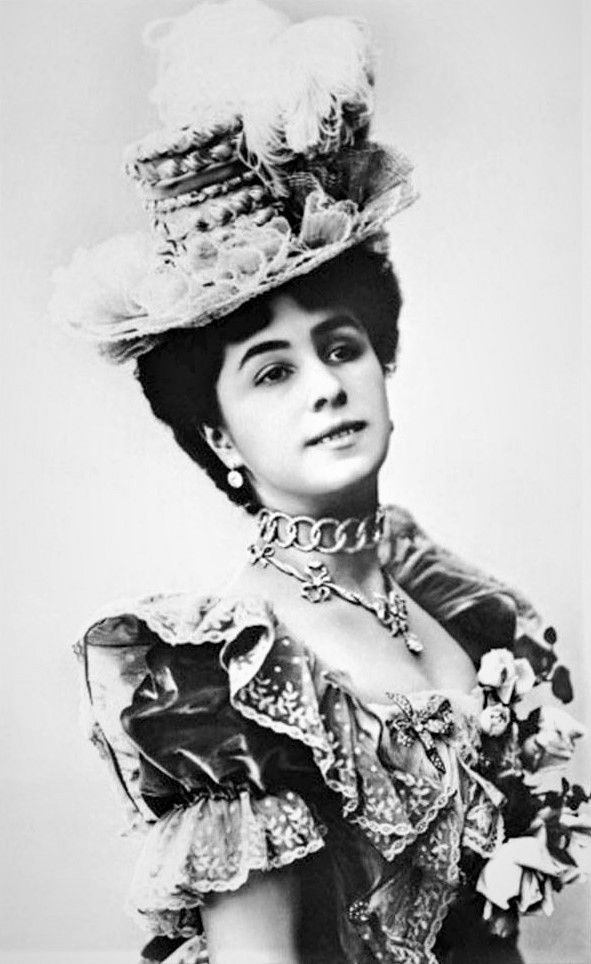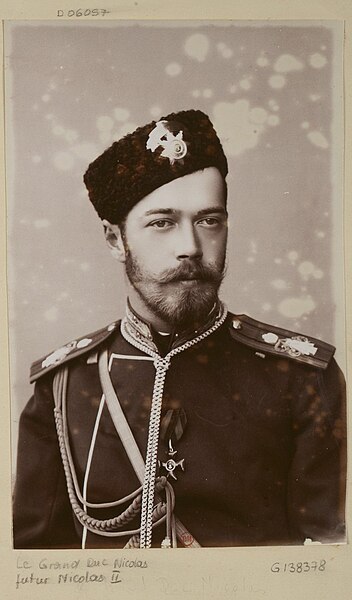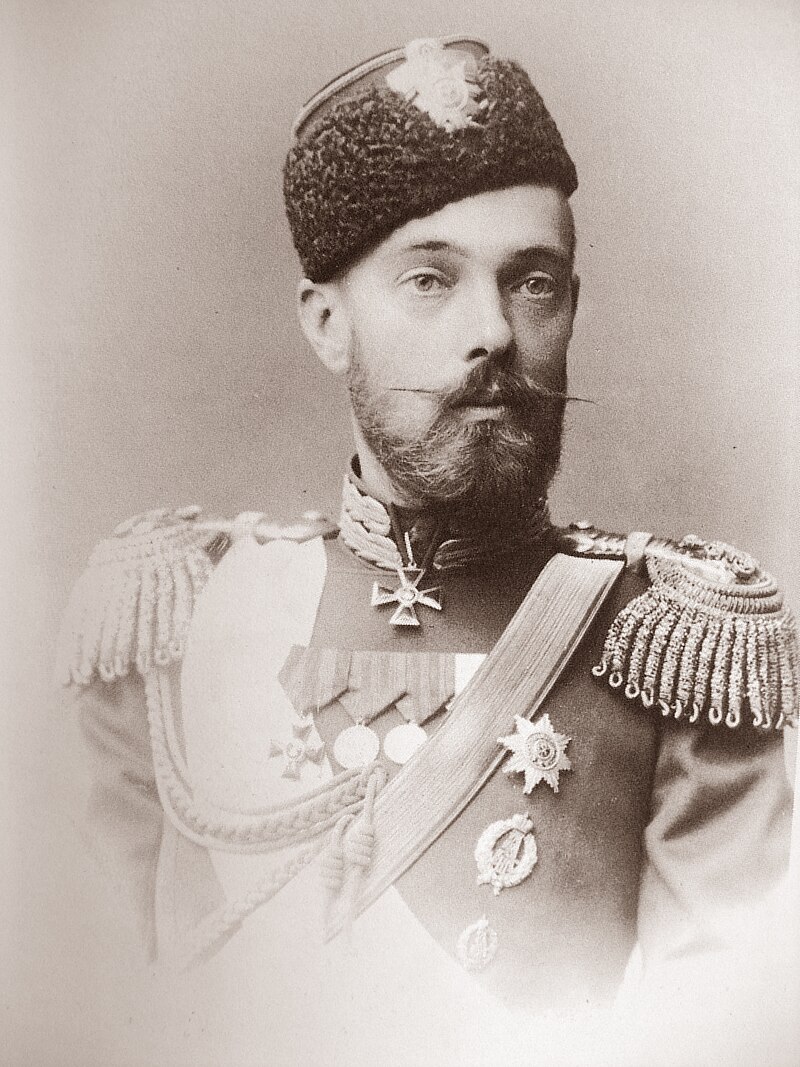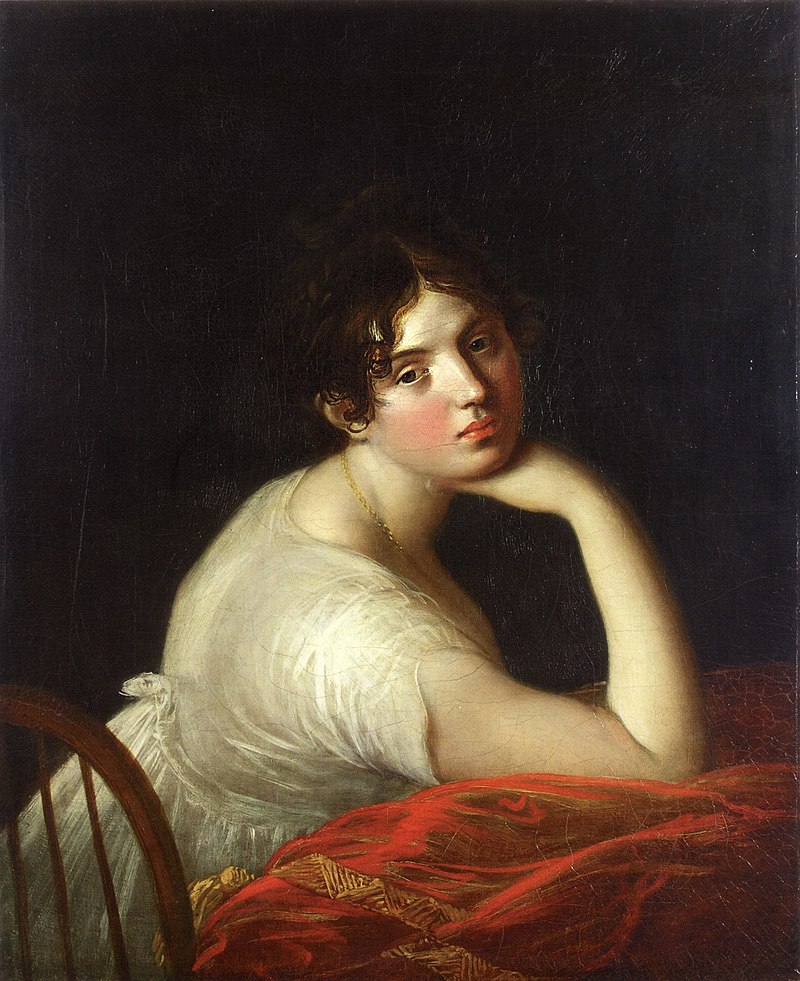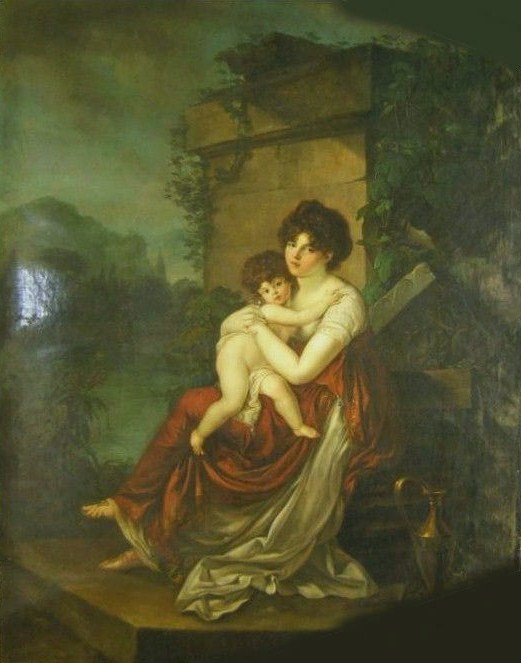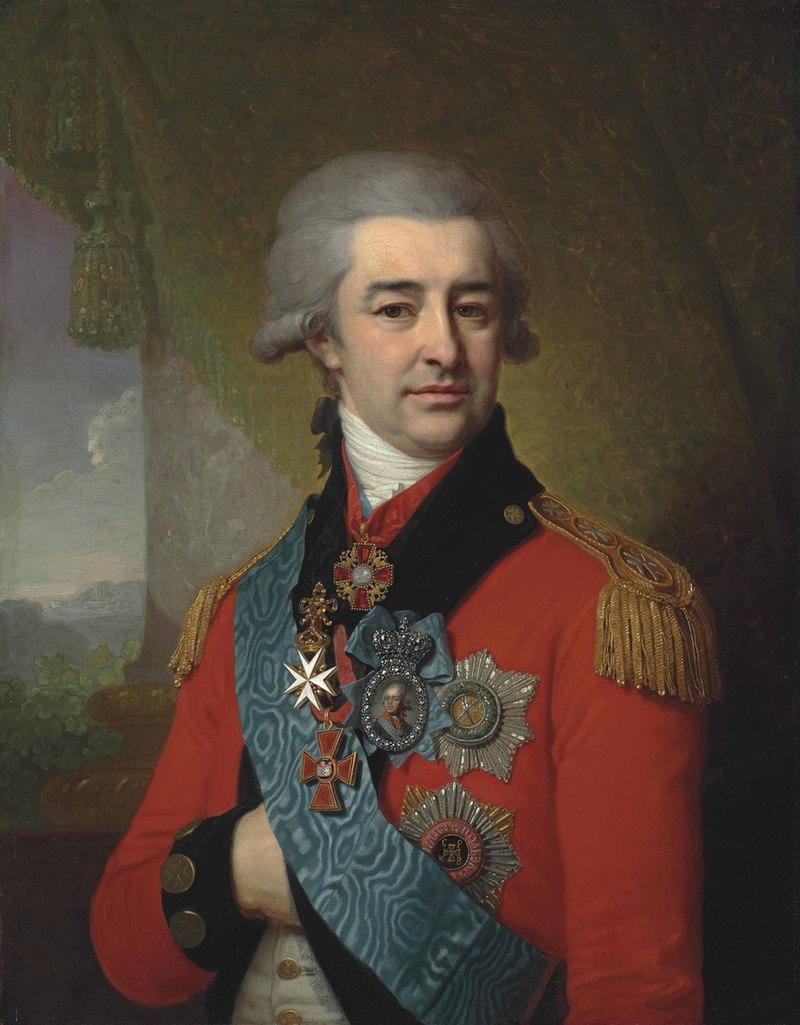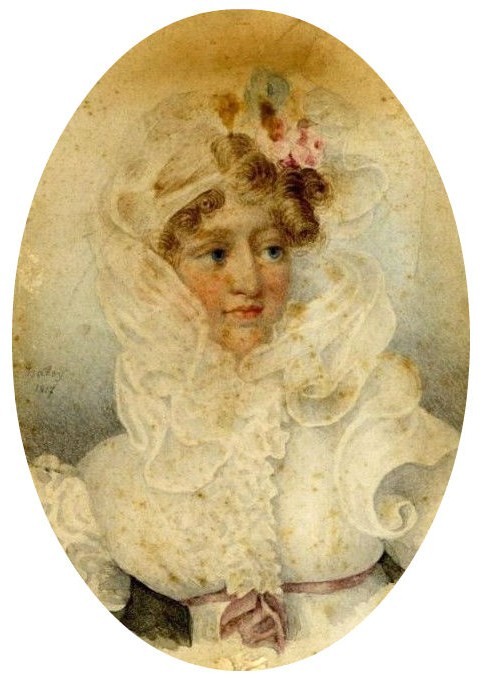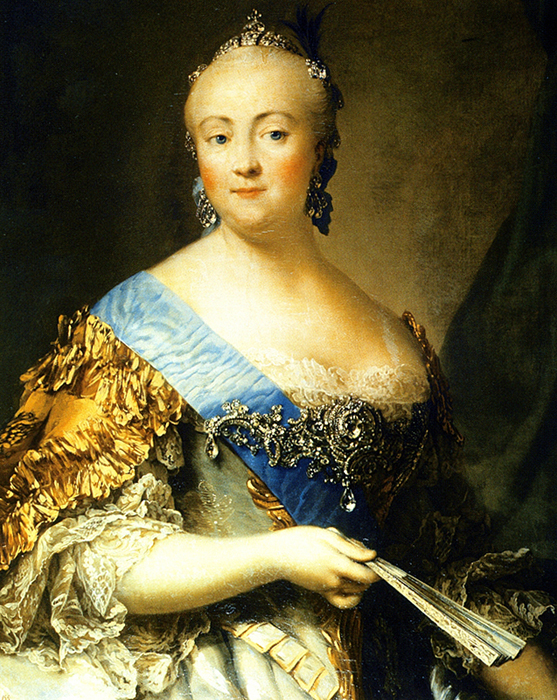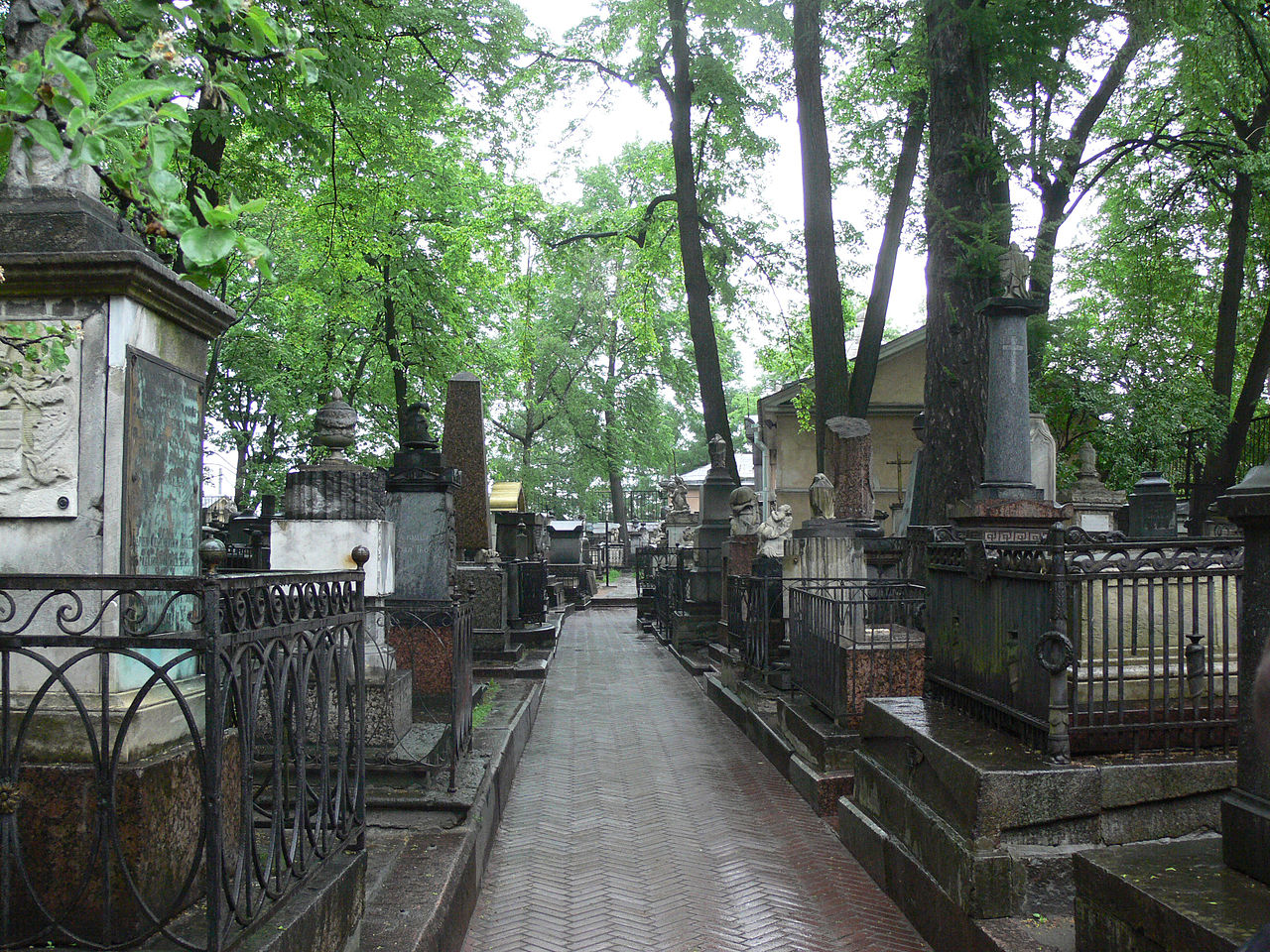By Susan Flantzer
© Unofficial Royalty 2020
James V, King of Scots had several mistresses but Lady Margaret Erskine was his favorite and the mother of the most important of his nine illegitimate children. Lady Margaret Erskine was born on October 8, 1515. She was the sixth of the nine children and the second of the four daughters of John Erskine, 5th Lord Erskine (1487 – 1555) and Lady Margaret Campbell, daughter of Archibald Campbell, 2nd Earl of Argyll and Elizabeth Stewart, daughter of John Stewart, 1st Earl of Lennox. In 1522, John Erskine, 5th Lord Erskine was appointed guardian of the ten-year-old James V, King of Scots and Constable of Stirling Castle. Margaret’s father was a claimant to the Earldom of Mar and in 1565, Margaret’s elder brother John became Earl of Mar.
Margaret had eight siblings:
- John Erskine, 6th Lord Erskine,18th Earl of Mar (died 1572), married Annabel Murray, daughter of Sir William Murray, 10th of Tullibardine, had two sons and one daughter
- Robert Erskine, Master of Erskine (died 1547), married Lady Margaret Graham, daughter of William Graham, 2nd Earl of Montrose, had one son, killed in the Battle of Pinkie Cleugh
- Sir Alexander Erskine of Gogar (died 1592), married Margaret Home, daughter of George Home, 4th Lord Home, had seven sons and four daughters
- Katherine Erskine, married Alexander Elphinstone, 2nd Lord Elphinstone, had five sons and four daughters
- Thomas Erskine, Master of Erskine (died 1551), married Margaret Fleming, daughter of Malcolm Fleming, 3rd Lord Fleming, no children
- Arthur Erskine of Blackgrange (died circa 1570-1571), married Magdalen Livingston, daughter of Alexander Livingston, 5th Lord Livingston, no children
- Janet Erskine, married John Murray of Touchadam, had one son and one daughter
- Elizabeth Erskine, married Sir Walter Seton, 4th of Touch, had one son and one daughter
On July 11, 1527, Margaret married Sir Robert Douglas of Lochleven and she was styled Lady Douglas of Lochleven.
Margaret and Robert had six children:
- Euphemia Douglas, married Patrick Lindsay, 6th Lord Lindsay of the Byres, had one son and two daughters
- Robert Douglas, 4th Earl of Buchan (died 1580), married Christina Stewart, 4th Countess of Buchan in her own right, had one son and three daughters
- Sir George Douglas, married (1) Janet Lindsay, daughter of John Lindsay, 6th of Dowhill (2) Margaret Durie, had one daughter
- Janet Douglas married Sir James Colville, had one son
- Catherine Douglas married David Durie of that Ilk, had one son and one daughter (Note: “Of that Ilk” is a term used in the Scottish nobility to denote a clan chieftain in some Scottish clans.)
- William Douglas, 6th Earl of Morton (c. 1540 – 1606), married Lady Agnes Leslie, daughter of George Leslie, 4th Earl of Rothes, had eleven children

James V, King of Scots; Credit – Wikipedia
Within a few years of her marriage, Margaret, Lady Douglas of Loch Leven, became the mistress of James V, King of Scots. James V was born at Linlithgow Palace in Scotland on April 10, 1512. He was the only surviving child of James IV, King of Scots and Margaret Tudor, the daughter of King Henry VII of England and the sister of King Henry VIII of England. Therefore, James V was the nephew of King Henry VIII and the first cousin of his children King Edward VI, Queen Mary I and Queen Elizabeth I. When 30-year-old James IV was killed by the English army at the Battle of Flodden, his 17-month-old son succeeded him as James V, King of Scots.
Since Margaret’s father had been appointed guardian of the ten-year-old James V, King of Scots, Margaret, Lady Douglas of Loch Leven, and James had been acquainted from an early age. James V had nine illegitimate children and at least three of them were fathered before James V was 20-year-old. His son with Margaret, James Stewart, 1st Earl of Moray, born circa 1531, appears to be one of the three.
There is evidence that James V considered arranging the divorce of Margaret, Lady Douglas of Loch Leven, and her husband and then marrying her. It appears that in 1536, James V or an advisor asked Pope Paul III for his advice on the matter. On January 1, 1537, James married Madeleine of Valois, daughter of King François I of France, but the marriage lasted only six months as Madeleine died from tuberculosis. In 1538, James V made a second marriage to Marie of Guise, the eldest daughter of Claude of Lorraine, Duke of Guise, and head of the House of Guise. James V and Marie of Guise had two sons who died in infancy and one daughter. When James V died on December 14, 1542, at the age of 30, his six-day-old daughter succeeded him as the ill-fated Mary, Queen of Scots.
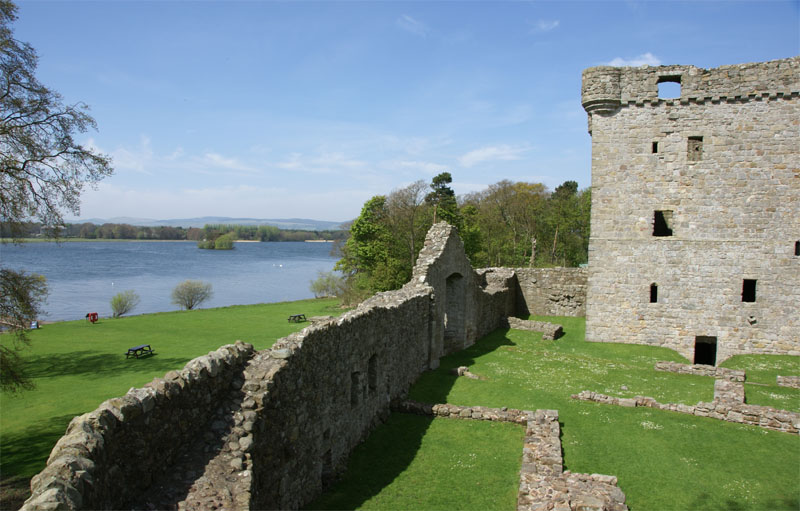
The ruins of Loch Leven Castle; Credit – By Otter – Own work, CC BY-SA 3.0, https://commons.wikimedia.org/w/index.php?curid=4169460
During their marriage, Margaret, Lady Douglas of Loch Leven, and her husband Sir Robert Douglas of Lochleven lived at the family home, Loch Leven Castle set on an island in Loch Leven in central Scotland. On September 10, 1547, Robert and Margaret’s brother Robert Erskine, Master of Erskine were both killed at the Battle of Pinkie Cleugh, a catastrophic defeat for Scotland. It was part of the conflict known as the Rough Wooing. In the last years of his reign, King Henry VIII of England tried to gain an alliance with Scotland by arranging a marriage between two children, Mary, Queen of Scots, and Henry VIII’s son, the future King Edward VI. When diplomacy failed, and Scotland was on the point of an alliance with France, Henry launched a war against Scotland.
Because of the English hostilities, Scotland abandoned the possibility of an English marriage. In July 1548, the Scottish Parliament approved Mary’s marriage to François, Dauphin of France, the son and heir of King Henri II of France. Five-year-old Mary, Queen of Scots set sail for France where she would be raised with her future husband. She would not return to Scotland for thirteen years, after the death of her 16-year-old husband.

James Stewart, 1st Earl of Moray; Credit – Wikipedia
During Mary’s thirteen-year absence, the Protestant Reformation had swept through Scotland, led by John Knox who is considered the founder of the Presbyterian Church of Scotland. Therefore, Catholic Mary returned to a Scotland that was very different from the one she had left as a child. James Stewart, Margaret, Lady Douglas of Loch Leven’s son with James V, and Mary’s half-brother, had become Protestant as had most of Margaret’s family. Despite their religious differences, James Stewart became the chief advisor to his sister and in September 1561, Mary created her half-brother Earl of Moray. Eventually, Mary’s behavior angered even her half-brother James Stewart, 1st Earl of Moray and he joined other Protestant lords in a rebellion.

Mary, Queen of Scots Escaping from Loch Leven Castle (1805); Credit – Wikipedia
In 1567-1568, Mary, Queen of Scots was imprisoned in Loch Leven Castle for ten months, where Margaret, Lady Douglas of Loch Leven, and her son William became her keepers. On July 24, 1567, at Loch Leven Castle, Mary was forced to abdicate in favor of her one-year-old son who succeeded her as James VI, King of Scots. James VI was Mary’s son by her second husband and first cousin Henry Stuart, Lord Darnley. Mary and Darnley were both grandchildren of Margaret Tudor. James Stewart, 1st Earl of Moray was made Regent for his nephew. In 1568, Mary escaped from her imprisonment at Loch Leven Castle with the help of Margaret, Lady Douglas of Loch Leven ’s son George Douglas. She made it to England only to be imprisoned by Queen Elizabeth I for nineteen years and ultimately beheaded in 1587.

James Hamilton of Bothwellhaugh preparing to assassinate the Earl of Moray (1835 illustration); Credit – Wikipedia
James Stewart, Earl of Moray, Margaret’s son by James V, also had an unhappy ending. On January 23, 1570, in Linlithgow, Scotland, while still serving as Regent for his nephew James VI, King of Scots, the 39-year-old Earl of Moray was assassinated by James Hamilton of Bothwellhaugh, a supporter of his half-sister Mary, Queen of Scots. It was the first assassination by a firearm in recorded history. James Stewart, 1st Earl of Moray was buried at St. Giles’ Cathedral in Edinburgh, Scotland. Seven earls and lords carried his body into the church, and John Knox, the Scottish minister who was a leader of Scotland’s Reformation and the founder of the Presbyterian Church of Scotland, preached at the funeral. Margaret, Lady Douglas of Loch Leven survived her son by two years, dying on May 5, 1572, at the age of 57.

John Knox preaching the funeral sermon of the Earl of Moray, depicted in a stained-glass window at St. Gile’s Cathedral; Credit – By CPClegg – Own work, CC BY-SA 4.0, https://commons.wikimedia.org/w/index.php?curid=82436877
This article is the intellectual property of Unofficial Royalty and is NOT TO BE COPIED, EDITED, OR POSTED IN ANY FORM ON ANOTHER WEBSITE under any circumstances. It is permissible to use a link that directs to Unofficial Royalty.
Works Cited
- En.wikipedia.org. 2020. James Stewart, 1St Earl Of Moray. [online] Available at: <https://en.wikipedia.org/wiki/James_Stewart,_1st_Earl_of_Moray> [Accessed 22 July 2020].
- En.wikipedia.org. 2020. John Erskine, 5Th Lord Erskine. [online] Available at: <https://en.wikipedia.org/wiki/John_Erskine,_5th_Lord_Erskine> [Accessed 22 July 2020].
- En.wikipedia.org. 2020. Loch Leven Castle. [online] Available at: <https://en.wikipedia.org/wiki/Loch_Leven_Castle> [Accessed 22 July 2020].
- En.wikipedia.org. 2020. Margaret Erskine. [online] Available at: <https://en.wikipedia.org/wiki/Margaret_Erskine> [Accessed 22 July 2020].
- Flantzer, Susan, 2016. James V, King Of Scots. [online] Unofficial Royalty. Available at: <https://www.unofficialroyalty.com/james-v-king-of-scots/> [Accessed 22 July 2020].
- Thepeerage.com. 2020. John Erskine, 5Th Lord Erskine – Person Page. [online] Available at: <http://www.thepeerage.com/p10834.htm#i108333> [Accessed 22 July 2020].


